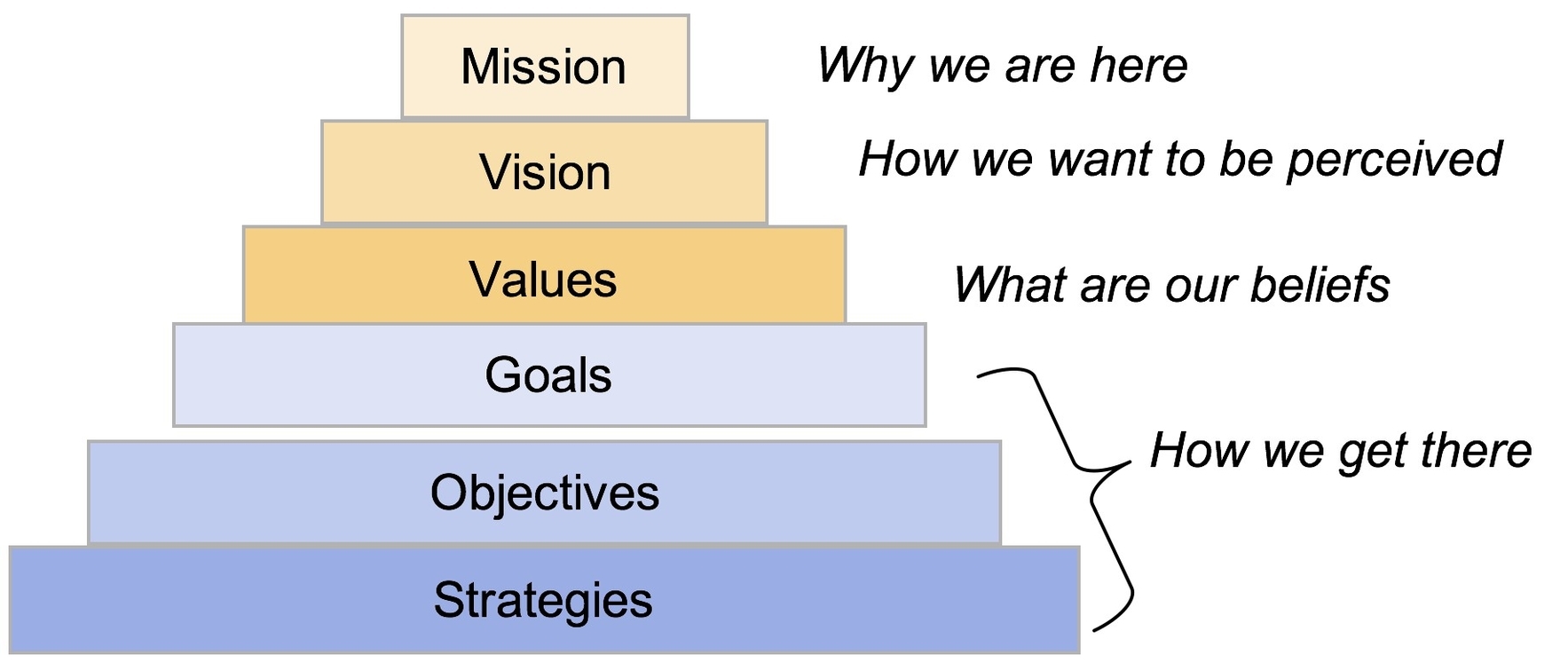
The Strategic Planning Process is a systematic approach to defining an organization’s vision, mission, and objectives, and developing a plan to achieve them. It is a critical process that helps organizations to align their resources and efforts towards achieving their goals. The process typically involves five steps: defining the vision, assessing the current situation, setting priorities and objectives, developing an action plan, and monitoring and evaluating progress.
The first step in the process is to define the vision. This involves identifying the organization’s long-term goals and aspirations. The vision should be clear, concise, and inspiring, and should provide a sense of direction for the organization. The vision should be communicated to all stakeholders, including employees, customers, and partners.
The second step is to assess the current situation. This involves analyzing the organization’s strengths, weaknesses, opportunities, and threats (SWOT analysis). The SWOT analysis helps to identify the internal and external factors that are affecting the organization’s performance. This information is used to develop strategies that leverage the organization’s strengths, address its weaknesses, capitalize on opportunities, and mitigate threats.
The third step is to set priorities and objectives. This involves identifying the most important goals and objectives that the organization needs to achieve in order to realize its vision. The goals and objectives should be specific, measurable, achievable, relevant, and time-bound (SMART). They should be aligned with the organization’s vision and mission, and should be communicated to all stakeholders.
The fourth step is to develop an action plan. This involves identifying the specific actions that need to be taken to achieve the goals and objectives. The action plan should include timelines, responsibilities, and resources required to implement the plan. The action plan should be reviewed and updated regularly to ensure that it remains relevant and effective.
The final step is to monitor and evaluate progress. This involves tracking the progress of the action plan and evaluating its effectiveness. The evaluation should be based on the achievement of the goals and objectives, as well as the impact of the plan on the organization. The results of the evaluation should be used to make adjustments to the plan as necessary.
In conclusion, the Strategic Planning Process is a critical process that helps organizations to define their vision, mission, and objectives, and develop a plan to achieve them. The process involves five steps: defining the vision, assessing the current situation, setting priorities and objectives, developing an action plan, and monitoring and evaluating progress. By following this process, organizations can align their resources and efforts towards achieving their goals and realizing their vision.
